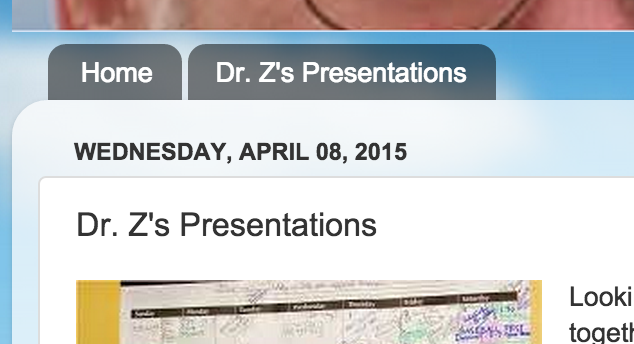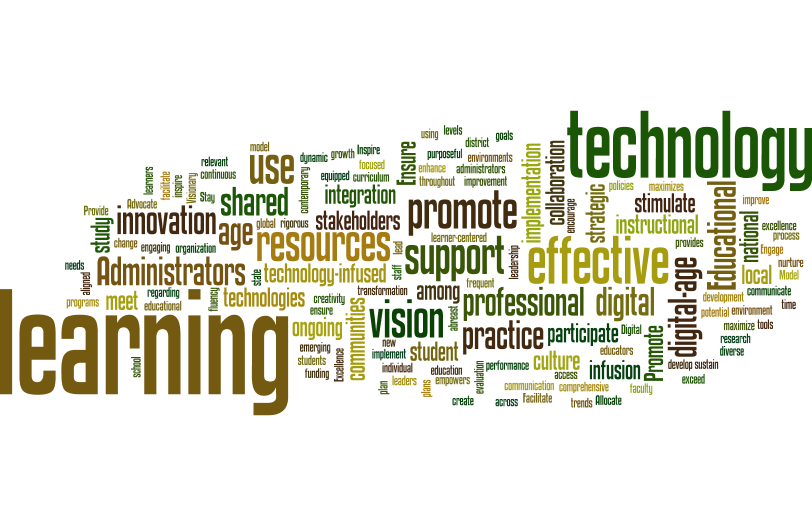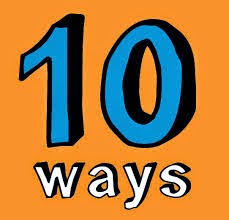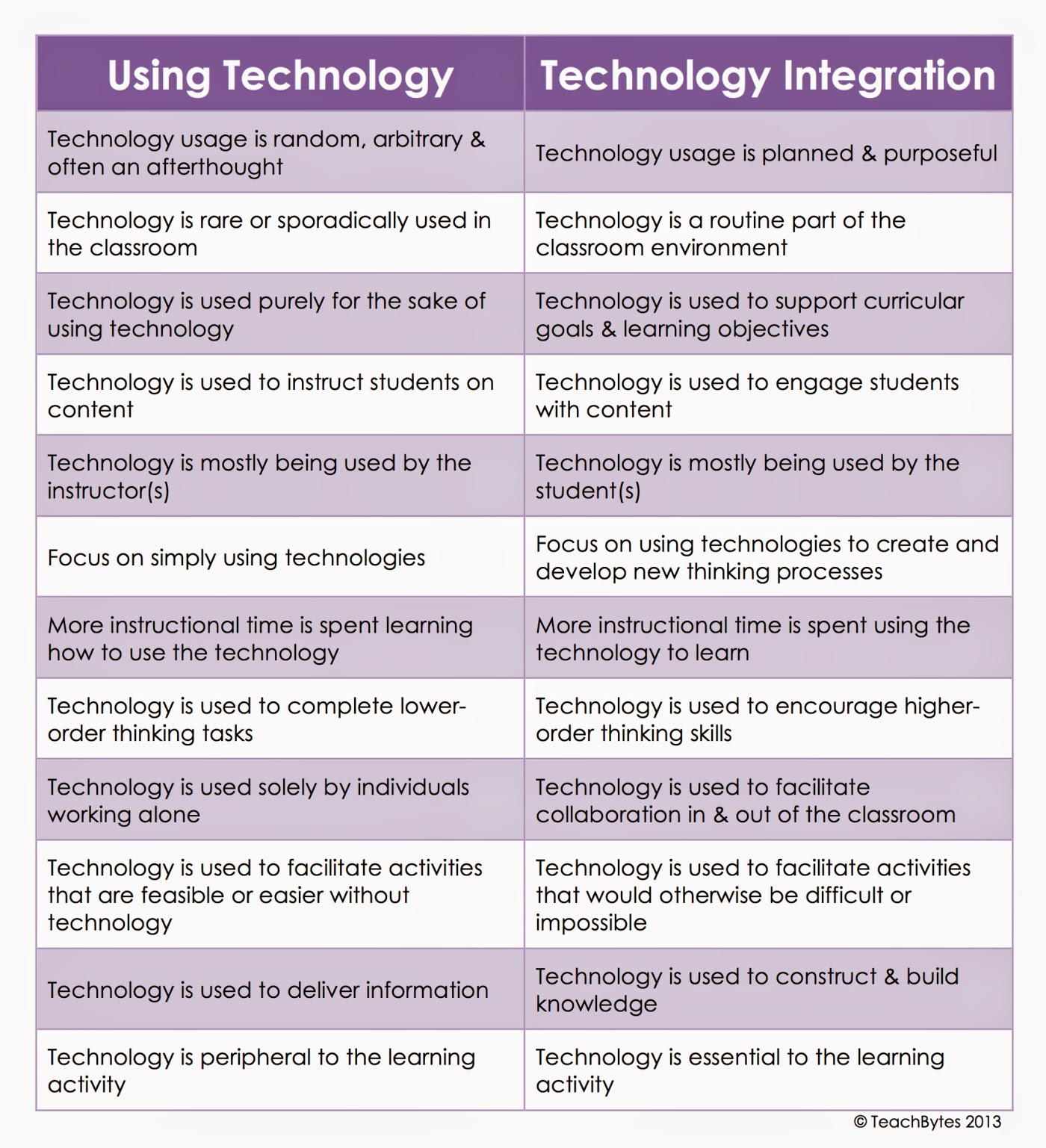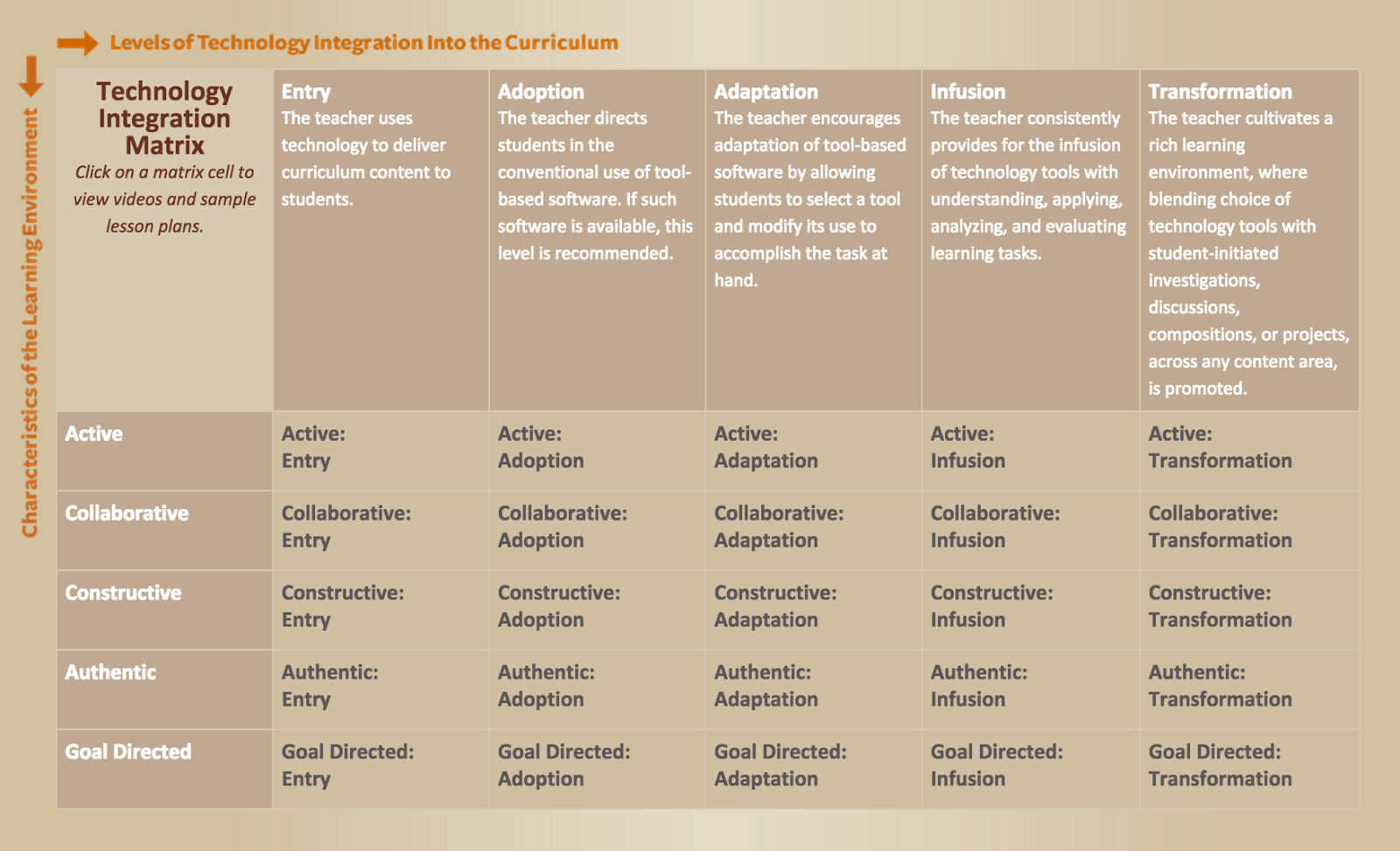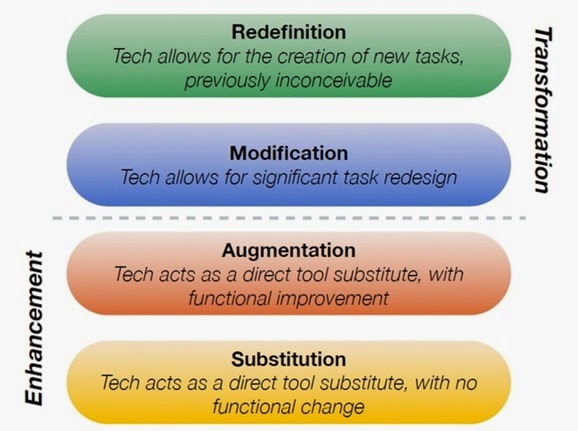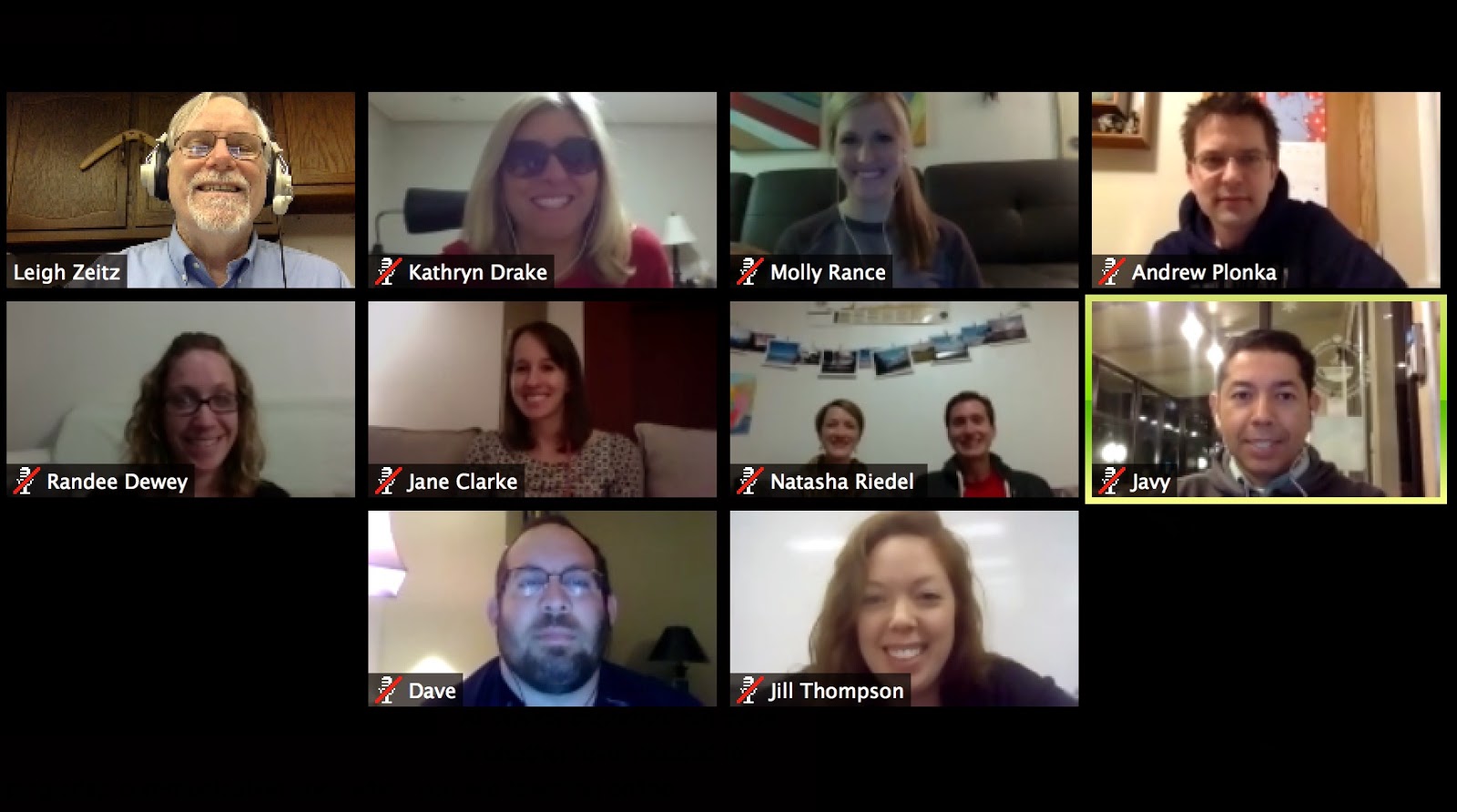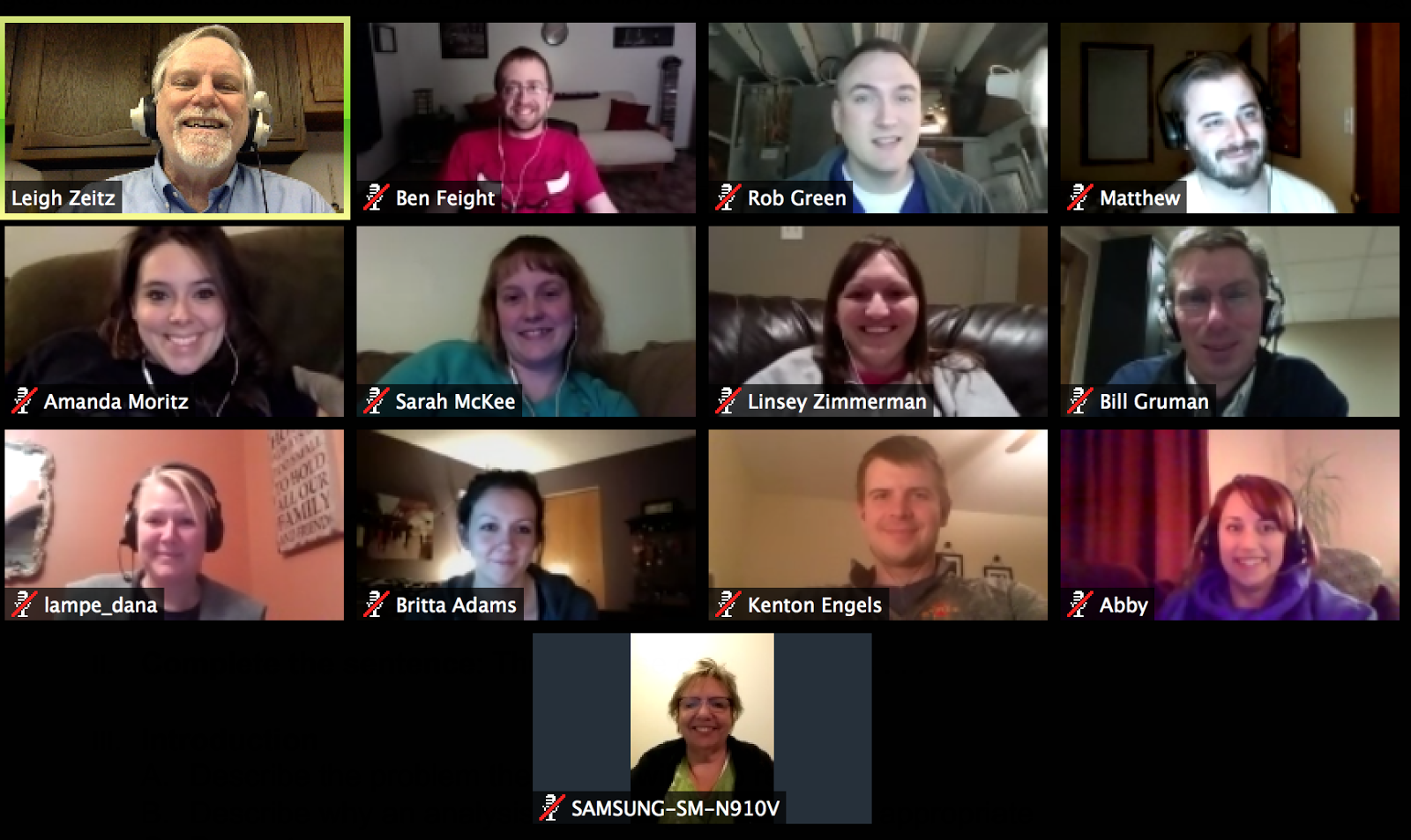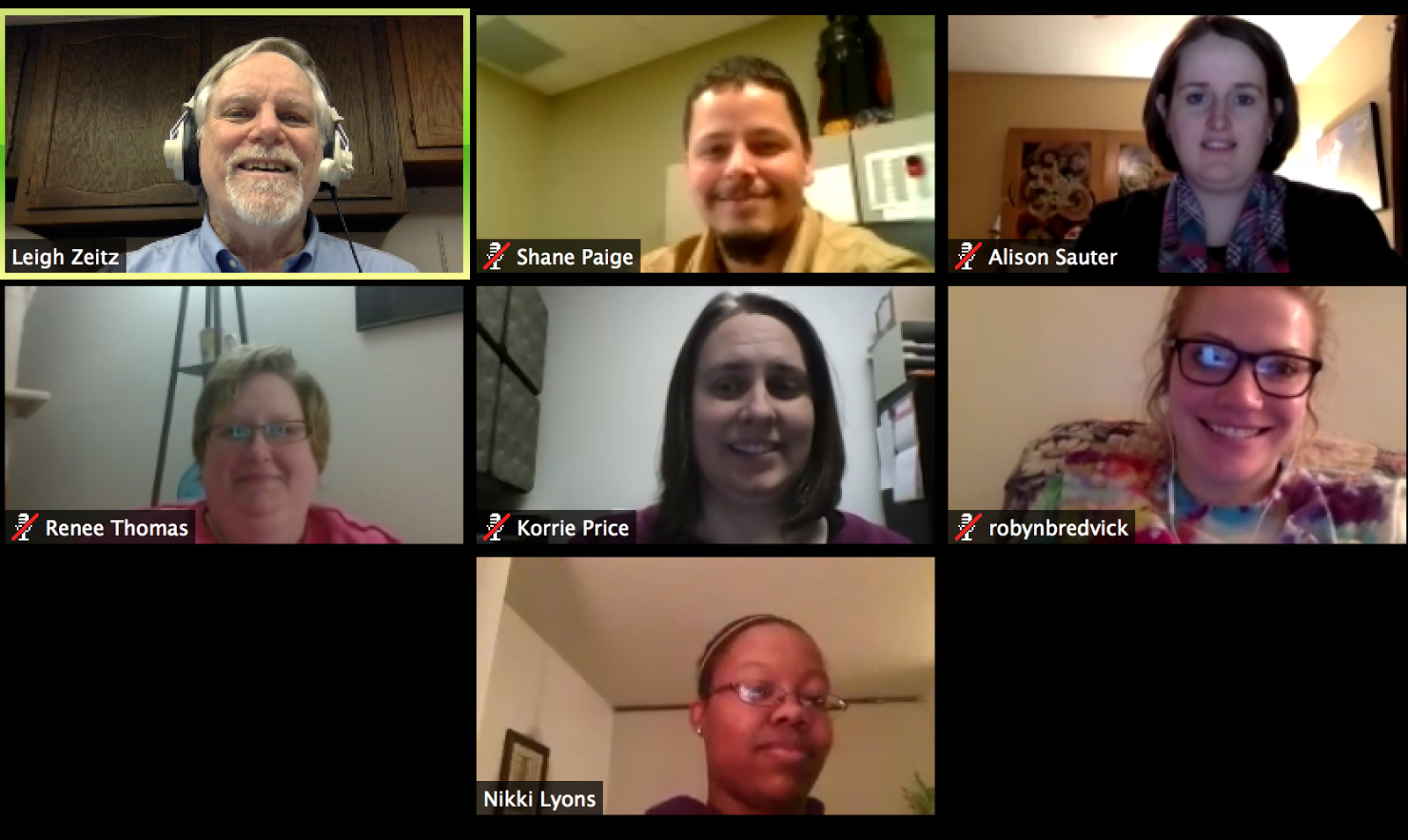This is a wonderful 4-minute video by Linda Yollis and her 2nd/3rd grade students provides a realistic examination of how blogging in your classroom can turn writing projects into communication projects.
Mrs. Yollis shares how she has used it to change how she is teaching and her students share what they are learning. I especially like how the students talk about how they rate their comments on other people's postings. They rate them using 1 or 2. The 1 comment responds to the posting but the 2 comment asks questions and continue with the discussion.
I know that I will be using this in my Using Digital and Social Media class. What about you? Is it benefiting your blog use?
Z
Please respond with a 2-type comment below.












